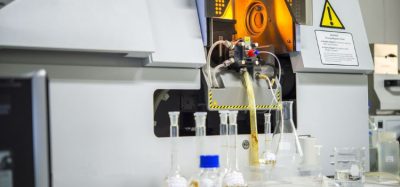New technique can closely control nanoparticle size and shape
Posted: 28 November 2019 | Rachael Harper (European Pharmaceutical Review) | No comments yet
A new technique has been demonstrated that will control the size and shape of nanoparticles which could lead to their use as a form of drug delivery.


A new study has demonstrated a technique that will allow chemists to more closely control the size and shape of nanoparticles and could pave the way for producing uniform nanoparticles for use in drug delivery systems.
The researchers of the study were from the University of Birmingham and the University of Bath, both UK.
“If you change the shape of a nanoparticle from, for example, a spherical to a cylindrical shape, others have shown that this can have a dramatic effect on how it interacts with cells in the body and how it is distributed through the body,” said Dr Tom Wilks, in the University of Birmingham’s School of Chemistry, one of the lead authors of the study. “By being able to control the size and shape, we can start to design and test nanoparticles that are exactly suited to an intended function.”
For the new technique, the team started with a base nanoparticle, made of a polymer and added a second polymer in solution. The polymers are designed so they want to bond to each other, so the second polymer is driven into the core of the nanoparticle, forcing it to expand. The exact size and shape of the nanoparticle is then determined by how much of the second polymer is added.
“The precise way that these polymers were designed and the control we have over how much of the second polymer is added means we can accurately predict the shape of the nanoparticle and have a high degree of control over its size,” explains Dr Wilks.
The team believe the process could also be reproduced with other polymers, meaning the process could be adapted for any number of applications involving nanoparticles, from photonics to fuel cells.
The study was published in Nature Communications.
Related topics
Drug Delivery Systems, Nanoparticles, QA/QC, Research & Development (R&D), Technology









